History
Iran, historically known as Persia and officially as the Islamic Republic of Iran since 1980, is a country in Western Asia. Iran is home to one of the world’s oldest civilizations, beginning with the formation of the Elamite kingdom in 2800 BCE. The Iranian Medes unified the country into the first of many empires in 625 BCE, after which it became the dominant cultural and political power in the region. Iran reached the pinnacle of its power during the Achaemenid Empire founded by Cyrus the Great in 550 BCE, which at its greatest extent comprised major portions of the ancient world, stretching from the Indus Valley in the east, to Thrace and Macedon on the north-eastern border of Greece, making it the largest empire the world had yet seen. The empire collapsed in 330 BCE following the conquests of Alexander the Great, eventually rising to prominence once more after the establishment of the Sasanian dynasty in 224 CE, under which Iran became one of the leading powers of Western and Central Asia for the next four centuries.
In 633 CE, Arab Muslims invaded Iran and conquered it by 651 CE. Iran thereafter played a vital role in the subsequent Islamic Golden Age, producing numerous influential scientists, scholars, artists, and thinkers. The emergence in 1501 of the Safavid dynasty, which promoted Twelver Shia Islam as the official religion, marked one of the most important turning points in Iranian and Muslim history. The Persian Constitutional Revolution of 1906 established the nation’s first parliament, which operated within a constitutional monarchy. Following a coup d’état instigated by the UK and USA in 1953, Iran gradually became autocratic.
Revolution
Growing dissent against foreign influence and political repression culminated in the Iranian (Islamic) Revolution with the return of Ayatollah Khomeini on Thursday, 1 February 1979 (after the Shah left on 17 January 1979). This was one of the “days that shook the world” (BBC). Some astrologers use this date, the return of Khomeini, as the chart of the Islamic Republic, but the Republic was formed only a few days later on 11 February 1979 by a proclamation at 2pm of the Islamic Revolutionary Government. There was bloody fighting in the streets for a few days before this final takeover and February 11, 1979 is labelled as ‘The day the Shah fell’. Just like the independence of India in 1947 which led to the establishment of republic in 1950, this Iran Independence of 11 February 1979 was the formation of the interim government on 1 April 1979 which established the Republic in 1980. Therefore, the correct Chart for the Islamic Revolution of Iran would be 11 February, 1979. We call this the Iran Revolution Chart and the one of 1980 as the Republic Chart, just like the India Independence Chart (1947) and the Republic Chart (1950).
Interim Government 1979–1980
Islamic Republic 1980–present
Further, Iran radio broadcast a message at 2PM that the army was staying neutral in the battle between the old Shah’s regime and the incoming revolutionary presence of the Ayatollah Khomeini and his supporters. It was on 11 Feb 1979 that the Shah’s prime minister resigned and left his office thereby effectively giving the Ayatollah control of the reins of government. And, to this day, Iran celebrates February 11 as the birth of its Islamic Revolution.
Iran Islamic Revolution Chart

Lagneśa Mercury in the 9th bhāva indicates people who are determined to fight for freedom and justice which is a very good sign but its conjunction with the headless, militant Ketu shows fundamentalism dominating the logic. It was a forgone conclusion that under such stars, a referendum in December 1979 (Mercury daśā Sun antara Saturn pratyantara) approved a theocratic constitution thereby bringing about a complete transition of power from the Sun (Pahlavi dynasty, Shah of Iran) to Saturn (also 9th lord, indicating the religious head). Note the parivartana yoga between Sun and Saturn involving the 8th house of legacy or inheritance as well as the Saturn lording the 9th house of religion. Ayatollah Ruhollah Khomeini returned from exile to Tehran to become the head of the revolution and religion as well as the state.
The combination also indicates battles and wars as Ketu is the 6th lord (enemy in destiny) and is also significator of armed forces. Mars the co-lord of 6th house of enemies is exalted showing that the enemy would be very strong and will attack as Mars is in the 8th house showing long-term war and disease, death as well as long-term suffering. Sun (3rd lord, neighbour) conjoining the 6th lord shows that the immediate or first enemy at the door is a neighbour who has ‘land claims’ as Sun conjoins Mars, the land significator. This was the Iran-Iraq conflict.

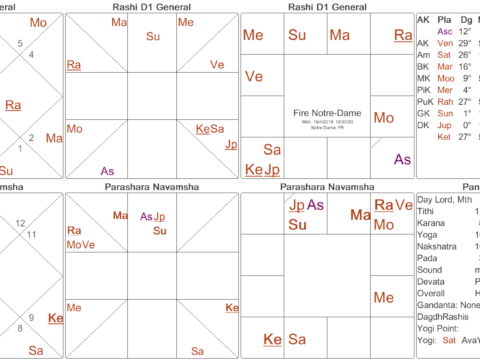
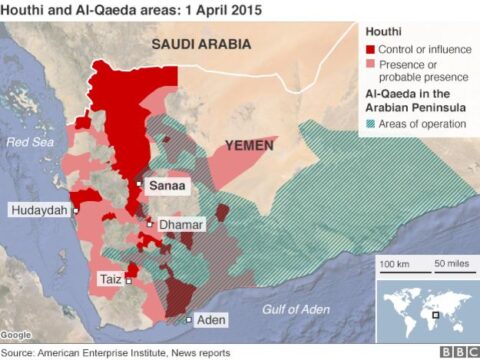

 We have an excellent pandit Divākar ‘Deva’ Mishra, who is from the priests of Vindhyāvāsini Siddha Pīṭha to guide you through the hundreds of temples of Kāśi [Varanasi] and neighbouring regions. He can organise your pūjā, keep you safe and take care. He is supported by an English-speaking well-travelled spouse ‘Supriya Mishra’. Please contact them directly for any services, remedial pūjā and tours. They handled the 60+ member Kāśi Jyotiṣa Group 2022.
We have an excellent pandit Divākar ‘Deva’ Mishra, who is from the priests of Vindhyāvāsini Siddha Pīṭha to guide you through the hundreds of temples of Kāśi [Varanasi] and neighbouring regions. He can organise your pūjā, keep you safe and take care. He is supported by an English-speaking well-travelled spouse ‘Supriya Mishra’. Please contact them directly for any services, remedial pūjā and tours. They handled the 60+ member Kāśi Jyotiṣa Group 2022.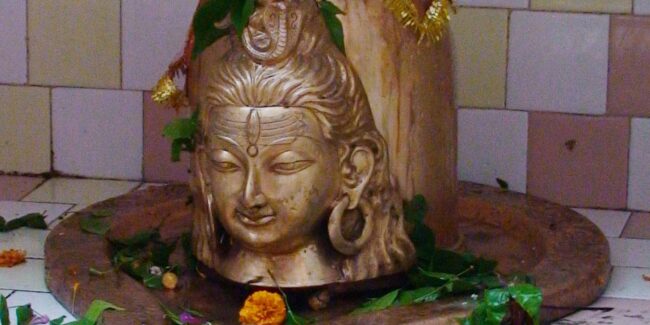
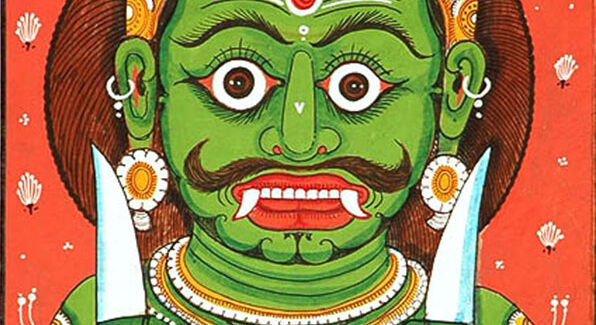
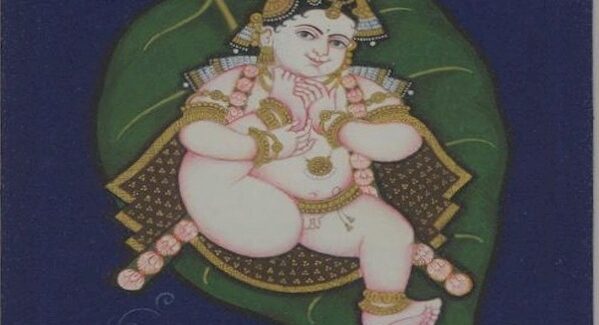
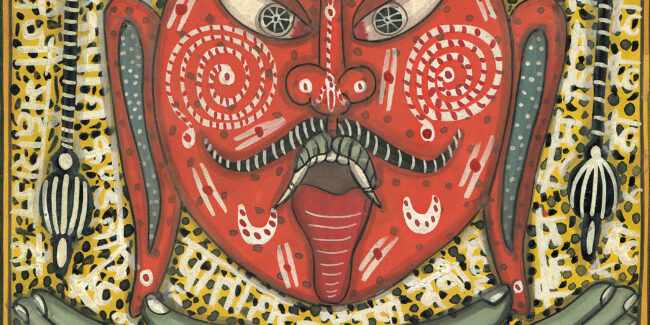
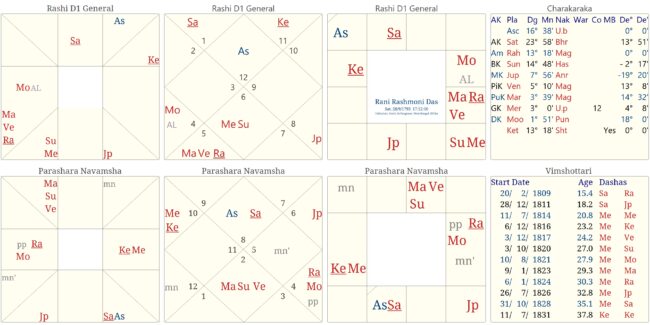
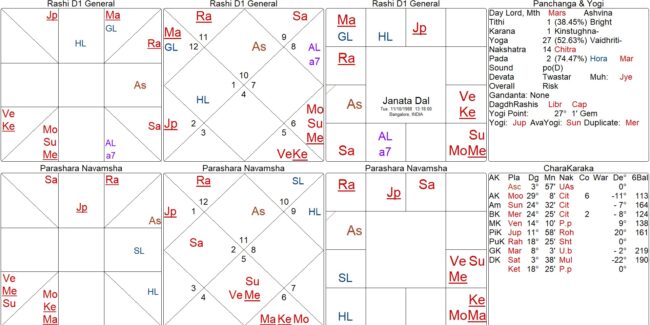
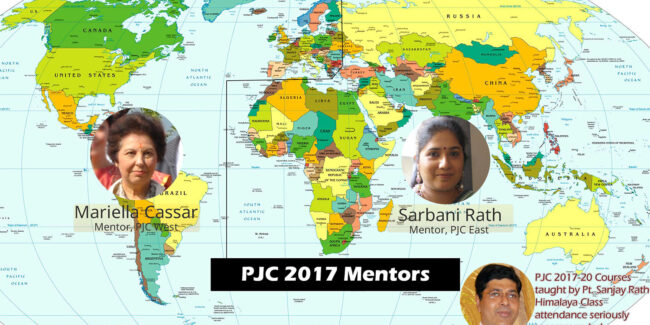
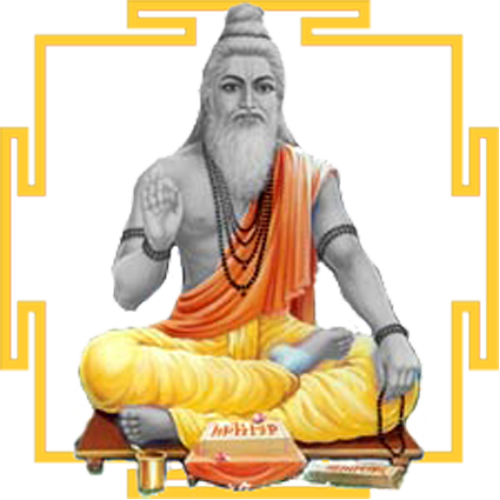 DBC offers online courses in jyotish (Vedic Astrology) taught directly by Sanjay Rath as per the tradition, through narrated power points and other audio tools. The courses are at different levels, from the beginners through the intermediate to the advanced and are known as SoHamsa | DBC courses, with individual classrooms and assistant teachers
DBC offers online courses in jyotish (Vedic Astrology) taught directly by Sanjay Rath as per the tradition, through narrated power points and other audio tools. The courses are at different levels, from the beginners through the intermediate to the advanced and are known as SoHamsa | DBC courses, with individual classrooms and assistant teachers
 Sagittarius Publications is the publisher and distributor the popular quaterly magazine the Jyotish Digest, as well as many thorough books on the subject of Vedic Astrology or Jyotish.
Sagittarius Publications is the publisher and distributor the popular quaterly magazine the Jyotish Digest, as well as many thorough books on the subject of Vedic Astrology or Jyotish.